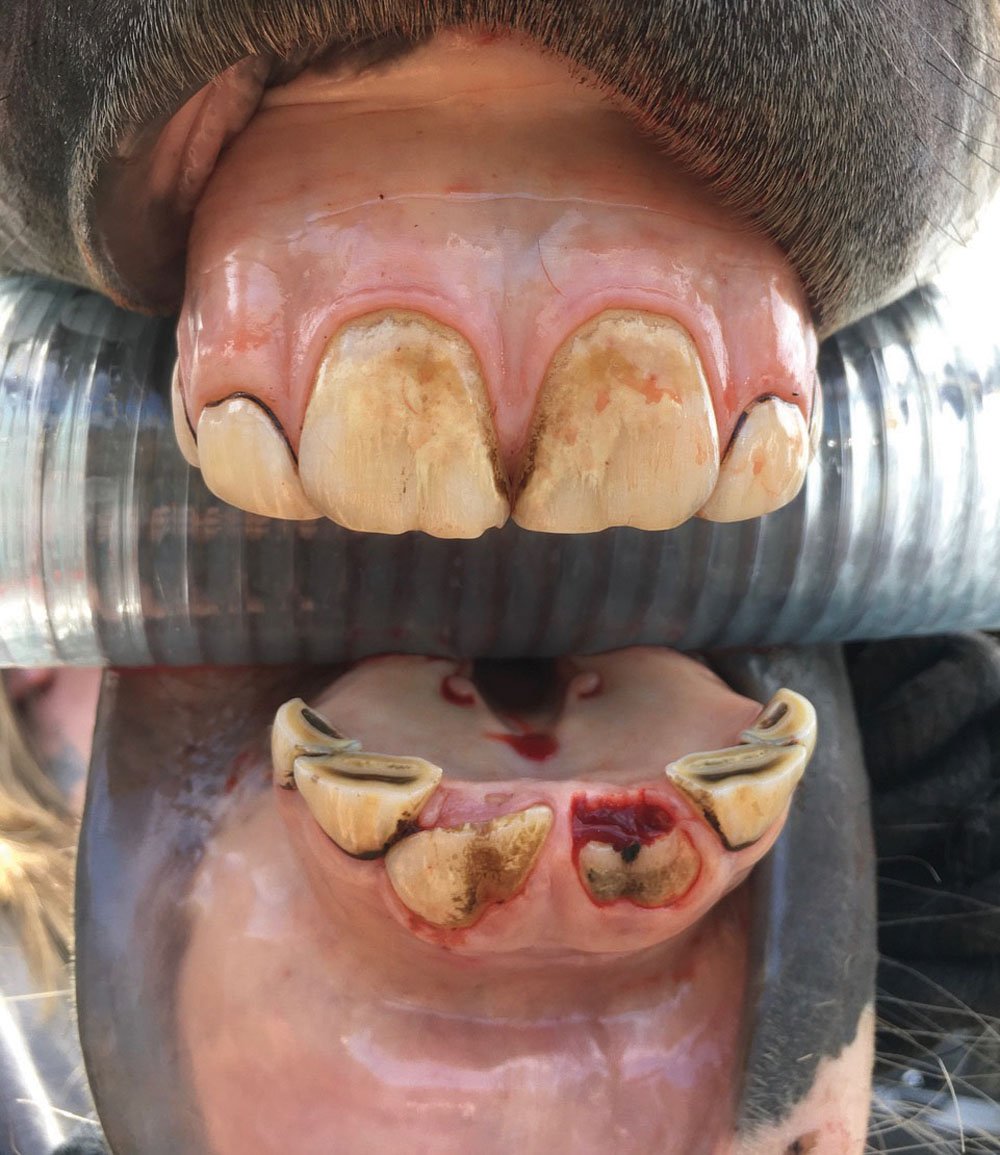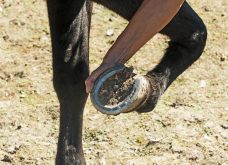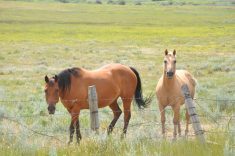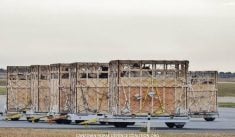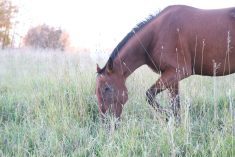Whenever horse owners notice that their horse is missing one or more front teeth they will often question the significance of this loss.
This question generally applies to the grouping of 12 incisor teeth that are readily visible under the horse’s lips. Implications for loss of an incisor tooth depends upon the age of the horse and the circumstances and context under which the tooth is found to be missing.
Horses have a total of 12 incisor teeth, six in the upper jaw and six in the lower jaw. The individual teeth are labelled as a central, intermediate or corner incisor relative to their location off the central midline.
Read Also

Pig transport stress costs pork sector
Popular livestock trailer designs also increase pig stress during transportation, hitting at meat quality, animal welfare and farm profit, Agriculture and Agri-Food Canada researcher says
Foals are born with a set of four central incisors. These four incisors can either be fully erupted at birth or they will complete their process of eruption within six to eight days after birth. Six to eight weeks later the intermediate incisors appear and at six to eight months of age the corner incisors will erupt. At this time the weanling will maintain a full complement of 12 baby incisors until 2-1/2 years of age when the young horse will begin its second schedule for the eruption of permanent teeth. The baby incisors or “caps” will be shed in the process.
Similar to small children, young horses have a fairly predictable timeline for the loss of their baby or deciduous teeth and eruption of the permanent or adult teeth.
As a result the shedding profile of the incisor teeth is considered to be a highly accurate and predictable measure for aging the horse under five years of age. It is perfectly normal for a young horse to have one or more missing teeth while in the process of teething.
As the young horse approaches 2-1/2 years of age, the “baby” central incisors are pushed out of the way as the permanent centrals erupt from below. When the horse is three years of age the upper and lower permanent central incisors will have grown out enough to meet and begin to grind against one another. This is referred to as being “in wear.”
At 3-1/2 years the intermediate “baby” incisors will be shed and by four years of age the permanent intermediate incisors will be in wear. At 4-1/2 years the corner “baby” incisors will be shed and replaced with the adult corner incisors. The corner incisors will be fully erupted and in wear in the five-year-old horse.
This horse is said to have a “full mouth” with all 12 incisors fully erupted and in wear. Ideally the shedding of baby teeth and emergence of adult teeth will occur symmetrically and in a balanced fashion with the teeth of the lower jaw lagging a little in time behind those emerging from the upper jaw.
Premature tooth loss, which occurs outside the teething schedule, can become problematic for the horse. Premature tooth loss can occur in the youngster through a traumatic incident such as a collision or kick. Occasionally a particularly mouthy colt will put its teeth on a hard object and quickly pull back leaving a tooth or teeth behind.
If the permanent tooth bud has not been damaged during the injury then the adult tooth will develop and erupt normally, perhaps slightly earlier than it is scheduled. If the adult tooth bud or its eruption tunnel have been damaged then the permanent tooth may develop in a misshapen way. Although radiographs may be helpful to image the nature of the erupting tooth, its final outcome and relationship to partnering teeth only becomes realized and visible along a three- to five-year timeline.
Missing, fractured, or misshapen incisor teeth in horses five years and older generally need dental evaluation to address the damaged incisors as well as the unchecked partnering tooth or teeth. The unchecked partners can overgrow and drift out of alignment and will interfere with the healthy sliding motion of the lower jaw against the upper jaw. Timely dental work may be necessary to offset the overgrowth/s and minimize dysfunctional occlusal or chewing patterns created by the loss of the incisors.
Over the course of its first five years the young horse will uneventfully change over its entire set of 12 front teeth from baby to adult teeth. A general knowledge of teething schedules is useful to determine whether a missing tooth or teeth are potentially problematic.
Horses missing a front tooth after five years of age are best evaluated by a veterinarian for the necessity of dental work.






